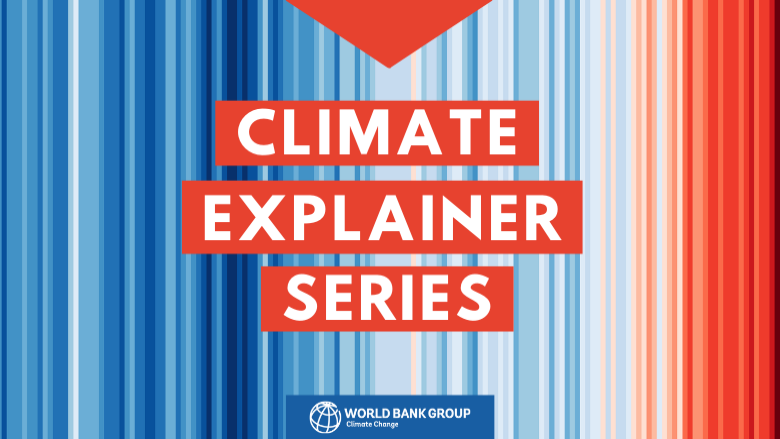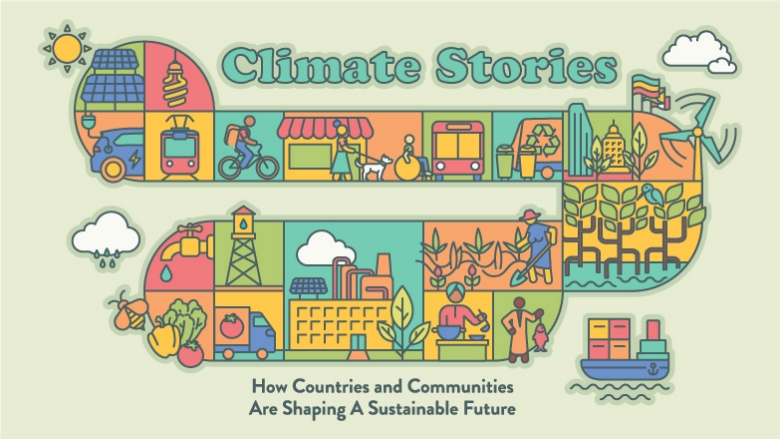About the Paris Alignment Assessments
The World Bank Group’s Paris Alignment undertaking will entail an integrated vetting approach – screening, managing, and reducing climate risks for both mitigation and adaptation – for every project, using publicly disclosed Instrument Methods (World Bank), Sector Notes (World Bank Group), and joint MDB Paris Alignment Approach (directly applicable to investment/guarantee operations for IFC and MIGA).
By Paris Alignment, we mean that with respect to World Bank Group financial support for any country, public or private entity, as applicable, new financing flows and guarantees provided by the Bank Group will be consistent with the objectives of the Paris Agreement and a country’s pathway towards low greenhouse gas emissions and climate-resilient development. For these purposes, Paris Alignment is assessed in the broader context of the Bank Group’s twin goals: to end extreme poverty and promote shared prosperity in a sustainable way; and takes into account equity concerns and the principle of common but differentiated responsibilities and respective capabilities, in light of countries’ different national circumstances among other things.
Practically, all Bank Group financed operations will have to support the deployment of lower-carbon options as applicable, whenever technically and economically feasible, and prevent carbon lock-in; and ensure that material climate risks have been assessed and reduced through the design of the operation to an acceptable level. In line with the Paris Agreement, the Bank Group’s Paris Alignment approach recognizes that countries have differentiated circumstances in implementing the Paris Agreement. As such, our Paris Alignment assessments will be operation-, context-, and time-specific, and for a given set of development objectives.
The Bank Group’s Paris Alignment process will involve learning-by-doing, refining guidance, building capacity, and adapting mechanisms as lessons emerge. It will also be iterative as technologies, markets and innovations help drive down costs of lower-carbon, resilient options.










